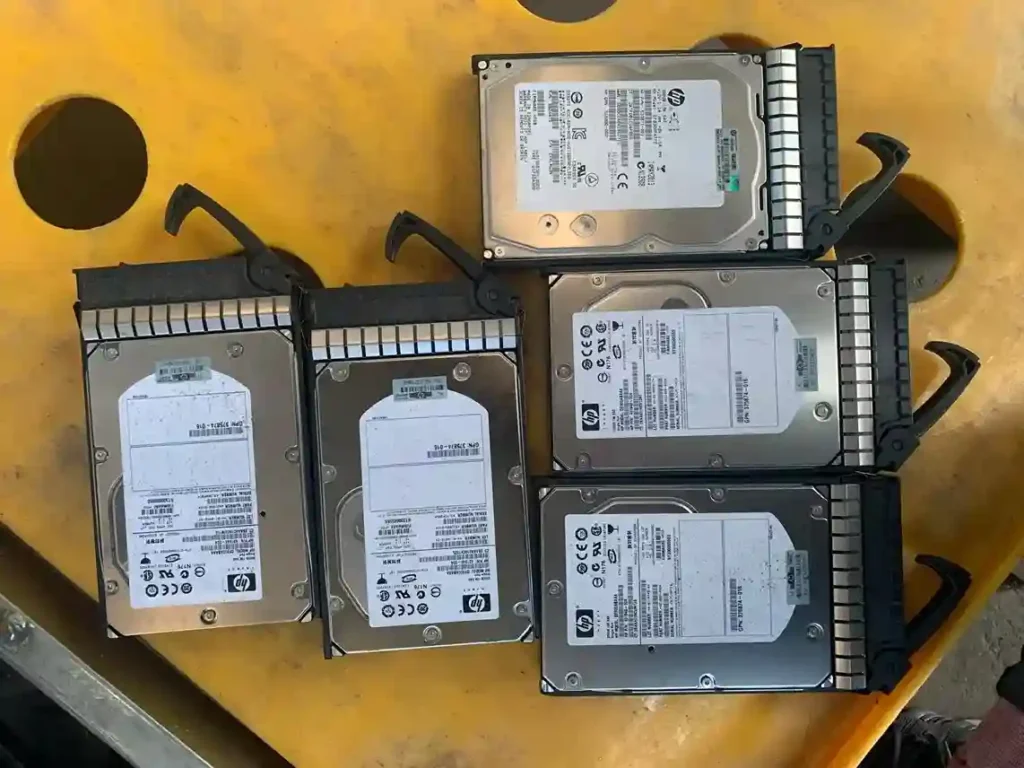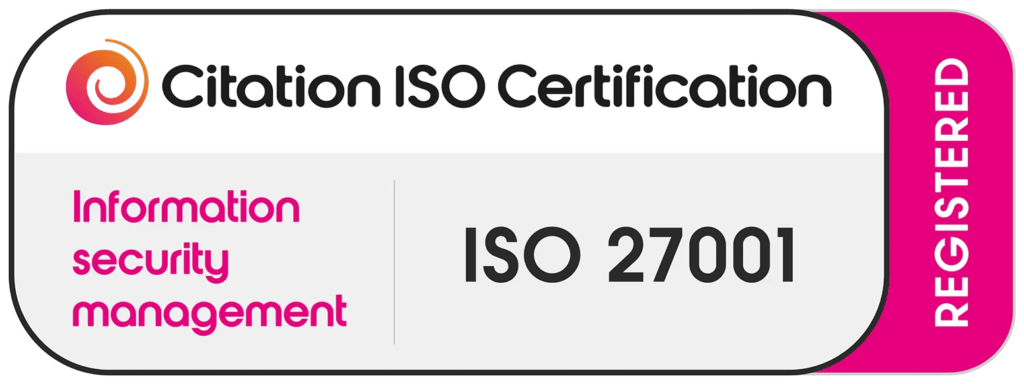Introduction
In today’s digital world, certified data destruction data security is more critical than ever. Businesses handle vast amounts of sensitive information, including customer records, financial transactions, and intellectual property. But what happens when this data is no longer needed? Improper disposal of IT assets can lead to data breaches, hefty fines, and reputational damage. That’s where certified data destruction comes in.
This article explores the importance of secure data disposal, the best methods for ensuring compliance, and how businesses can protect themselves from security risks.
What is Certified Data Destruction?
Certified data destruction is the process of permanently erasing or destroying data to ensure it cannot be recovered. This process follows strict industry regulations, such as GDPR data destruction compliance, HIPAA, and ISO 27001, to ensure sensitive information is securely disposed of.
Key Principles of Certified Data Destruction
- Complete Erasure – Ensures data is permanently destroyed and cannot be retrieved.
- Regulatory Compliance – Meets legal requirements to protect businesses from penalties.
- Eco-Friendly Disposal – Promotes secure IT asset recycling and reduces electronic waste.
Certified IT asset disposal services ensure that businesses do not inadvertently expose confidential information when retiring old hardware.
Why Businesses Need Secure Data Destruction
Many organizations underestimate the risks associated with improper IT asset disposal. The dangers of inadequate disposal practices include:
Dangers of Improper Disposal
- Data Breaches – Hackers can recover improperly deleted data.
- Legal Penalties – Non-compliance with GDPR can result in fines of up to €20 million or 4% of annual revenue.
- Reputational Damage – Loss of customer trust and business credibility.
Compliance & Regulatory Aspects
Businesses must comply with the following regulations:
- GDPR (General Data Protection Regulation) – Ensures personal data is securely destroyed.
- NIST 800-88 – Provides guidelines for media sanitization.
- ISO 27001 – Establishes best practices for information security management.
Failure to adhere to these standards can result in severe financial and legal consequences.
Certified Data Destruction Methods
Not all data destruction methods are equal. Below are the most secure and certified data destruction techniques:
1. Hard Drive Shredding
- How it works: Physically destroys hard drives using industrial shredders.
- Benefits: 100% destruction with no chance of data recovery. Ideal for businesses dealing with highly sensitive information.
2. Degaussing
- How it works: Uses a powerful magnetic field to erase data from storage devices.
- Benefits: Effective for tapes and magnetic storage media, making it an essential hard drive destruction service.
3. Data Wiping & Overwriting
- How it works: Overwrites existing data multiple times using specialized software.
- Benefits: Ideal for organizations looking to securely erase digital data while reusing IT assets.
4. E-Waste Recycling & IT Asset Disposal
- How it works: Environmentally friendly disposal of outdated devices through secure IT asset recycling.
- Benefits: Reduces carbon footprint and electronic waste, ensuring compliance with environmental regulations.
By using these best data destruction methods, businesses can effectively safeguard their sensitive information.
How to Choose the Right Data Destruction Company
Not all data destruction companies in the UK offer the same level of service. Here are key factors to consider when selecting a provider:
Key Factors to Consider
- Certifications – Ensure the provider follows GDPR data destruction compliance and ISO 27001 standards.
- On-Site vs. Off-Site Destruction – On-site destruction provides extra security by eliminating transportation risks.
- Certificate of Destruction – A legal document proving that data has been securely destroyed.
- Customer Reviews & Reputation – Look for companies with positive testimonials and case studies.
For businesses in London, choosing a trusted provider for e-waste disposal ensures compliance with both data security and environmental protection standards.
Benefits of Certified Data Destruction
Investing in certified data destruction services offers multiple advantages:
1. Enhanced Data Security
- Eliminates the risk of data recovery and cyber threats.
- Ensures compliance with GDPR and ISO 27001 standards.
2. Regulatory Compliance
- Helps businesses avoid legal penalties and lawsuits.
- Meets industry standards for secure data disposal.
3. Environmental Responsibility
- Supports secure IT asset recycling to reduce electronic waste.
- Promotes eco-friendly disposal through e-waste disposal London services.
4. Brand Protection
- Builds customer trust by demonstrating responsible data handling.
- Reduces the risk of reputational damage caused by data leaks.
By prioritizing certified data destruction, businesses can safeguard both their customers and their operations.
Future Trends in Data Destruction & IT Asset Disposal
As technology evolves, so do data destruction techniques. Here are some key trends shaping the future of secure data disposal:
1. AI-Powered Data Erasure
- Machine learning algorithms will enhance automated and foolproof data wiping.
2. Blockchain for Data Tracking
- Blockchain technology will provide a transparent, tamper-proof data destruction process.
3. Sustainable IT Recycling Programs
- A greater focus on zero-waste e-waste disposal will help businesses become more environmentally responsible.
With these advancements, the future of secure IT asset disposal will become more reliable and sustainable.
Conclusion
Certified data destruction is not just an IT best practice it’s a business necessity. With the growing threats of data breaches and stricter GDPR data destruction compliance requirements, the secure disposal of IT assets must be a priority for all organizations.
By partnering with a trusted data destruction company in the UK, businesses can ensure compliance, security, and sustainability while protecting their reputation. Whether through hard drive destruction services, secure digital data erasure, or e-waste disposal London, choosing the right IT asset disposal services is essential for long-term security and success.
Frequently Asked Questions (FAQs)
1. What is the most secure method of data destruction?
Hard drive shredding is considered the most secure method as it physically destroys the storage device, making data recovery impossible.
2. How does GDPR affect IT asset disposal?
Under GDPR, businesses must ensure that personal data is permanently deleted or destroyed to prevent unauthorized access. Non-compliance can lead to heavy fines.
3. What is a Certificate of Destruction?
A Certificate of Destruction is a legal document that verifies data has been securely destroyed, ensuring compliance with industry regulations.
4. Can data be recovered after degaussing?
No, degaussing effectively removes all data from magnetic storage devices by disrupting their magnetic fields, rendering them unreadable.
5. Why should businesses invest in certified data destruction?
Certified IT asset disposal services ensure compliance with GDPR, protect against data breaches, and promote secure IT asset recycling for environmental sustainability.
6. What should I look for in a data destruction company?
Look for certifications like ISO 27001, on-site destruction options, a Certificate of Destruction, and positive customer reviews.



